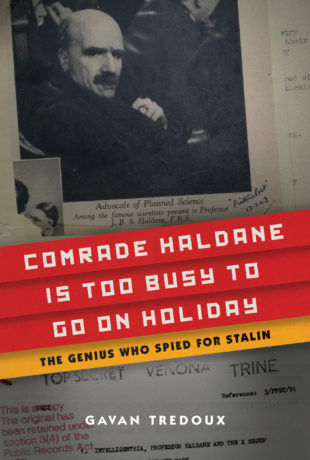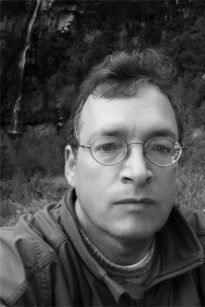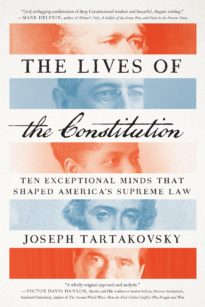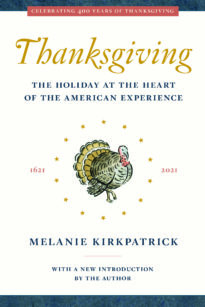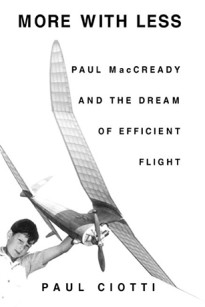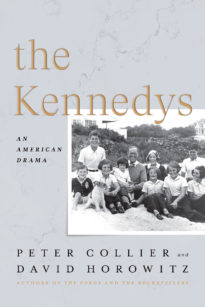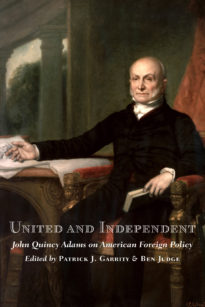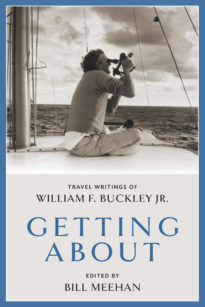JBS Haldane F.R.S. (1892-1964) was one of the leading scientists of the 20th Century, renowned for helping to reconcile Darwin’s theory of Natural Selection with Mendel’s discovery of genes, through statistical wizardry. He was the product of a distinguished family of scientists and public figures: his father, the noted Oxford physiologist John Scott Haldane, invented decompression techniques still used by deep sea divers today, while his uncle Lord Richard Haldane served in Lloyd George’s cabinet. ‘JBS’ also trained and influenced a swathe of students and colleagues, at Oxford, Cambridge and University College London, many of whom went on to distinction in their own right, such as the evolutionary theorist John Maynard Smith.
As a widely known left-wing ‘public intellectual,’ Haldane gained fame as a popularizer of science and commentator on public affairs, broadcasting often on the BBC and publishing extensively in newspapers and magazines, a presence aided by useful drama created by his notorious physiological self-experimentation. His collections of popular scientific essays, including the futuristic eugenic tract Daedalus (1923), which introduced the possibility of human birth by hatching (‘ectogenesis’) influenced a generation of upcoming scientists, and remain in print today. On his death in 1964 he was accorded the rare tribute of a televised self-obituary on the BBC.
Celebrated for his ability to connect seemingly disparate subjects, during the Second World War Haldane was extensively involved in scientific research to aid the British war effort. Using evidence gathered from VENONA Signals Intelligence intercepts, the MI5 files on Haldane and his associates, and the Haldane papers, this book reveals that JBS was also a Soviet spy, as a member of the ‘X Group,’ an espionage ring that was run out of the Soviet Embassy in London by the GRU—Soviet Military Intelligence. His interlocking associations with other spies, such as Ivor Montagu and the Klaus Fuchs’ associate Hans Kahle; his role as a hardline Stalinist propagandist for the Soviet Union through the onset of the Cold War; his duplicitous betrayal of his colleague and friend, the Soviet geneticist Nikolai Vavilov; his long-standing support for the charlatan Soviet ‘scientist’ Trofim D. Lysenko; and his concealed stalemate with the Communist Party of Great Britain once his ability to finesse Lysenko was extinguished, are unravelled here for the first time.
